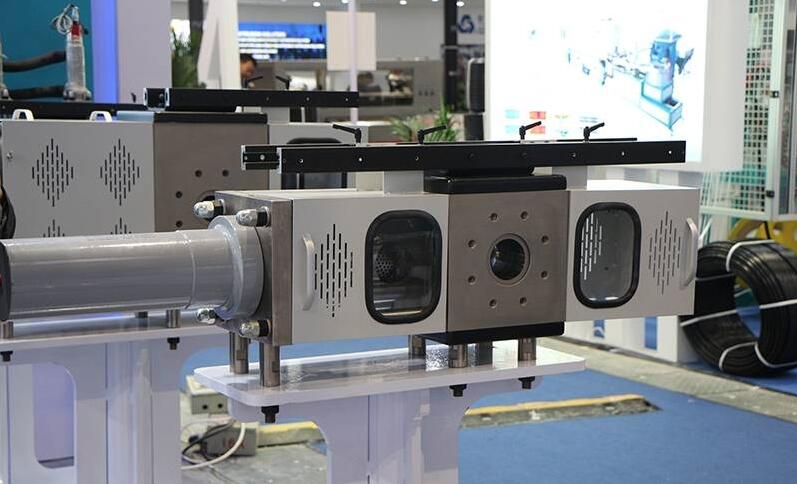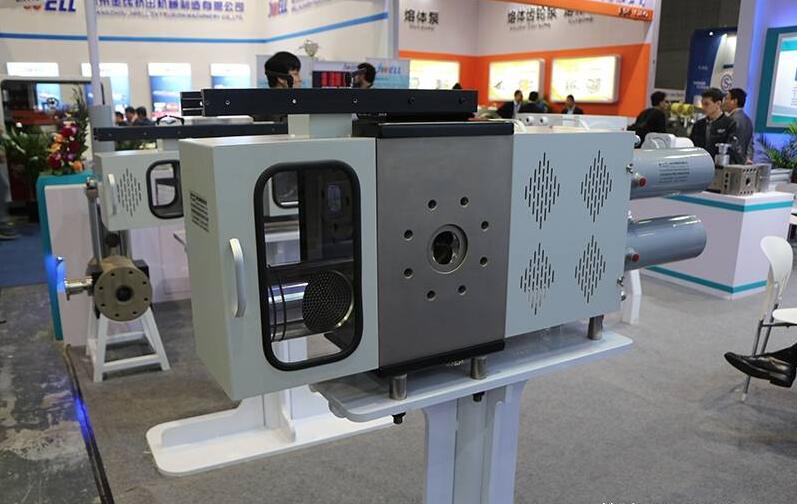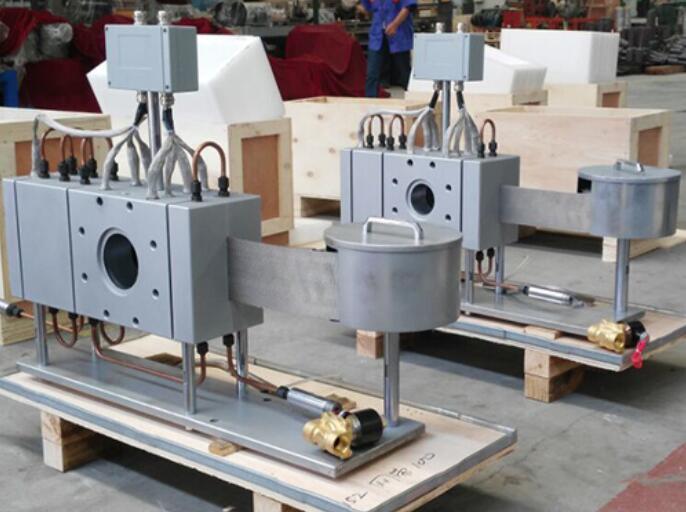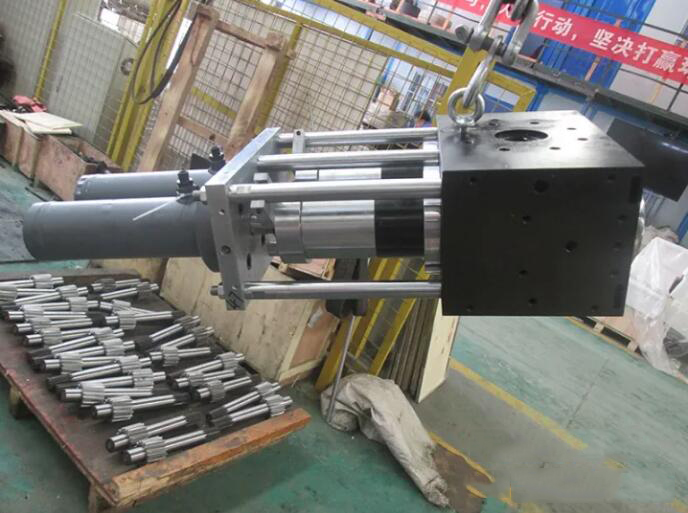Analysis of Screen Changers for Plastic Sheet Extrusion
I. Core Functions and Value
Impurity Filtration and Product Purity Assurance
Screen changers intercept impurities such as metal debris, scorched material, and unplasticized particles within the plastic melt through built-in filters, ensuring pure melt enters the extrusion die. For instance, in medical tubing and food packaging film production, impurity filtration prevents defects like black spots and crystalline inclusions, elevating hygiene standards.
Enhanced Production Continuity
Non-stop Screen Change Technology: Dual-column hydraulic screen changers and belt-type screen changers complete filter mesh replacement within 0.3-1 seconds, eliminating the 2-4 hour downtime required for traditional manual changes and significantly boosting equipment utilization.
Case Study: After adopting a dual-column hydraulic screen changer, a company achieved a 30% increase in production efficiency and a 15% reduction in scrap rate.

Equipment Protection and Lifespan Extension
Impurity filtration reduces wear on components like screws, die heads, and molds, extending equipment service life. For instance, screens intercept low-precision particles in recycled materials, preventing screw scratches.
Enhanced Process Adaptability
By switching between different mesh sizes (e.g., 200 mesh for film production, 100 mesh for pipe production), diverse product requirements can be met. Simultaneously, the pressure rise across the filter promotes melt plasticization and uniform mixing, enhancing the mechanical properties of the final product.

II. Technical Classification and Characteristics
Classified by Screen Change Method
Manual Screen Changer: Simple structure and low cost, but requires shutdown operation. Suitable for small-scale or low-output production lines.
Automatic Screen Changers:
Hydraulic Type: Utilizes hydraulic cylinders to drive a sliding plate for screen switching. Features short changeover time (0.5-2 seconds) and minimal pressure fluctuation (≤5%), suitable for high-speed production lines.
Belt Type: Employs a continuous filter belt enabling “zero-downtime” screen changes. Higher cost, suitable for large-scale extrusion production lines.
Classified by Structure
Single-Plate Dual-Station Screen Changer: Features two filter stations on one slide plate (one active, one standby), switched via hydraulic or motor drive. Offers compact size and short flow paths.
Twin-Column Screen Changer: Two cylindrical screens operate alternately, maintaining uninterrupted melt flow during changes. Suitable for high-viscosity materials (e.g., engineering plastics).

By Drive Method
Hydraulic Drive: Utilizes high-pressure oil (up to 21MPa) to push the piston rod and move the slide plate, providing strong and stable screen-changing force.
Electric Drive: Uses a motor to drive a lead screw or gear transmission for screen switching, suitable for processes sensitive to pressure fluctuations.
Typical Applications
Optical-Grade Sheet Production
In manufacturing PMMA light guides and PC diffusion plates, the screen changer filters impurities to prevent defects like flow marks and crystalline spots caused by unstable melt flow, thereby enhancing light transmittance.
High-Barrier Film Coextrusion
In coextrusion processes combining high-barrier layers (e.g., EVOH, PVDC) with PE/PP, the screen changer precisely controls flow ratios to ensure uniform barrier layer thickness, extending food packaging shelf life.

Recycled Plastic Processing
During production of recycled PE/PP materials, the screen changer filters out low-grade particles and non-plastic contaminants, improving recycled material quality and reducing production costs.